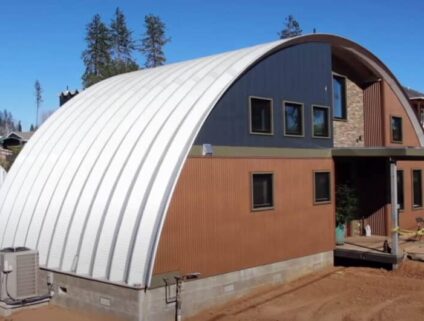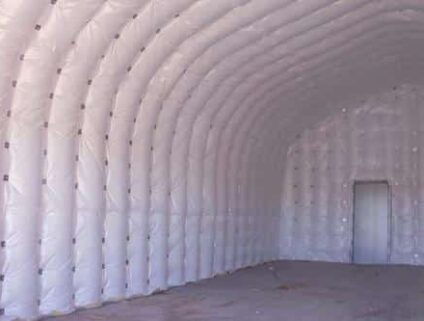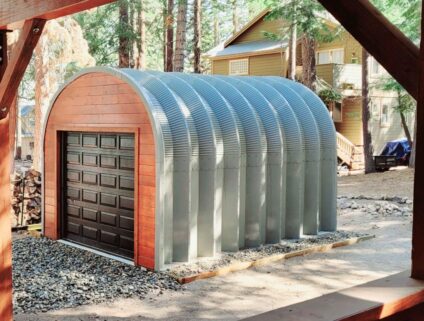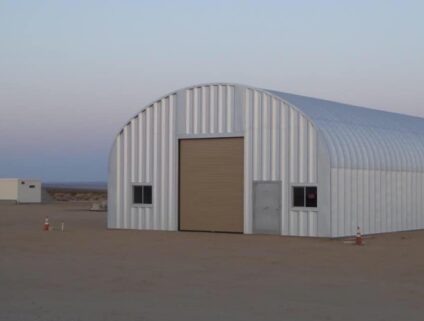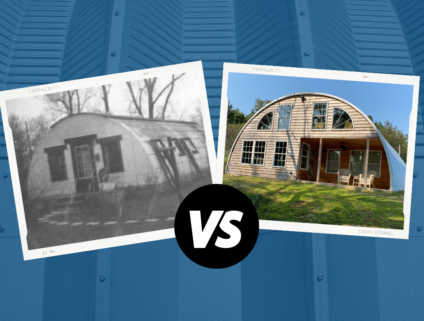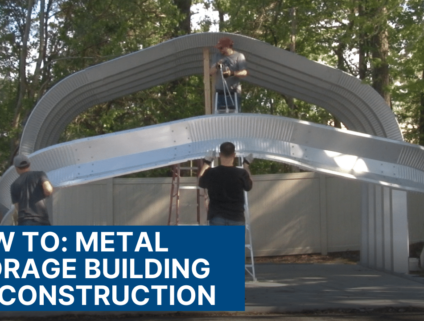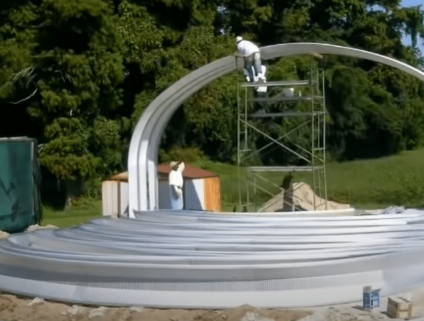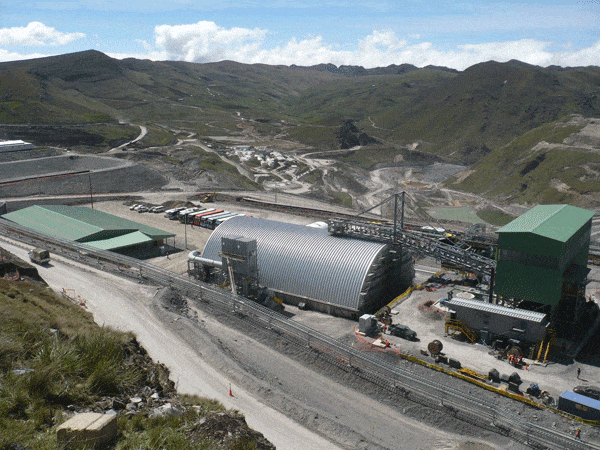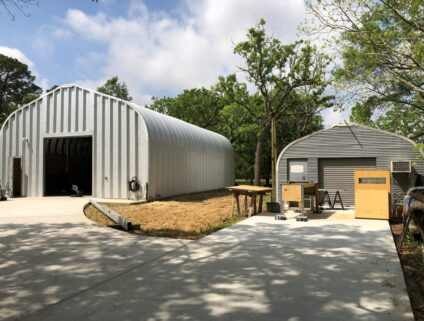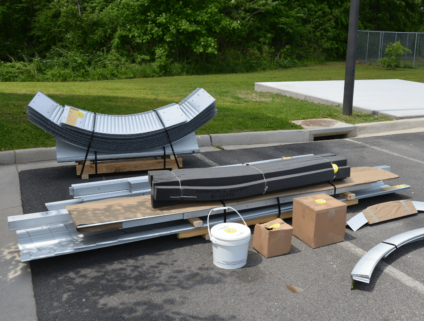Prefabricated Quonset Huts Engineered to Withstand Powerful Hurricane Winds
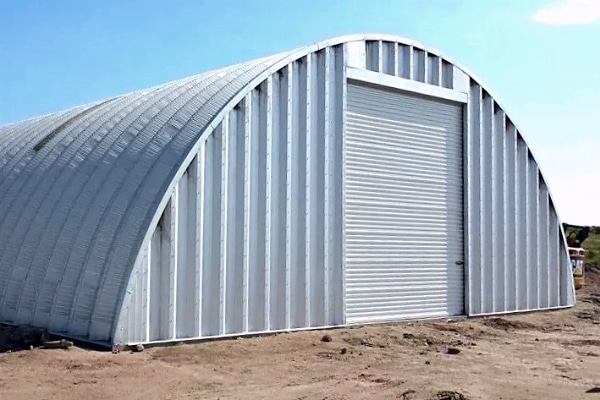
What do you do when a swirling engine of destruction packing the power of half a million small atomic bombs comes through your town like a buzz saw destroying everything in its path? Whether you choose to evacuate to a safer area or hunker down and ride it out, are you and your belongings really protected? Owners of prefabricated Quonset HutsTM who have survived some of America’s deadliest hurricanes say thanks to their steel arches, they’ve lived to tell their stories.
Extremely dangerous cyclones have historically turned mile upon mile of America’s coastline into a literal wasteland. Beautiful, thriving communities are reduced to piles of debris and standing puddles of hopelessness. Years of memories, treasured trinkets, and hours of hard work are all wiped away in a matter of hours after a catastrophic storm slams a city.
This is what happened when Hurricane Charley hit Punta Gorda on the West Coast of Florida in the summer of 2004. This deadly category 4 storm packed intense winds of 150 mph at its peak; it’s responsible for 10 deaths and caused $15.4 billion in damages. It’s considered one of the costliest hurricanes in American history.
Charley’s cruel whirling winds and relentless wall of sideways rain uprooted trees, effortlessly ripped rooftops from homes, then picked up the fresh debris, turning it into a thousand flying bullets cutting through weakened structures like toothpicks through clay.
Thankfully, Scott Rambo’s prefabricated Quonset Hut did not suffer the same fate as others in this area.
“Our SteelMaster made it through with flying colors,” says Rambo. “Our building made it through a category 4 hurricane without even a wrinkle in the panels.”
Rambo purchased one of SteelMaster’s prefabricated Quonset Huts and turned it into a garage where he rebuilds cars. Not only does Rambo rely on his steel building for space to fix broken vehicles, he now sees it as a place to protect his investments.
“A lighter gauge flat roof building down the street from ours had a collapsed roof. I would recommend SteelMaster to anyone looking for a building,” says Rambo.
He wasn’t the only one whose structure was tested during Hurricane Charley. A little over two hours away in Kissimmee, Donna Clark and her family had to find shelter fast when this horrible storm blew into their area.
“My husband, my daughter and myself weathered Hurricane Charley in our SteelMaster Building that my husband uses as a woodworking shop in our backyard,” says Clark. “We would feel the wind on the building, but that was it. We are thankful for the SteelMaster strength and will do the same in the next hurricane.”
Typical straight wall buildings are especially vulnerable to the powerful winds that are characteristic of even the weakest hurricane. The junctures of the walls and the edges of the roof are likely to fail during extreme wind conditions, especially when windows are broken out by flying debris putting more pressure on them. Hurricanes can pack winds from 74 mph as a category 1 to over 157 mph or more as a category 5. Poorly constructed rigid frame structures are left defenseless against the power of the hurricane’s howling winds.
SteelMaster’s prefabricated Quonset Huts are engineered for life. Our buildings are based on the original design that was used by the military in WWII. Over the last seven decades, SteelMaster has taken this classic, strong arch design and combined it with modern innovations, making our corrugated steel buildings some of the strongest structures on earth.
The secret to the strength of the arch is how it transfers force when threatened from outside forces. It’s built strong enough to handle loads at the top, and the strong commercial grade steel helps to protect it from flying projectiles during dangerous storms.
Our prefabricated Quonset HutsTM are HVHZ certified. This stands for High Velocity Hurricane Zone, and if you live in an area where these massive storms occur, our buildings will meet standard building codes in your city.
To test the strength of our buildings, engineers hurled a wooden plank into one of our panels at 100 mph, and it barely made a dent in the steel.
At any time, any one of the giant storms prowling the tropical seas can feast on a hearty meal of warm water and wind and come full force towards the west, ready to destroy everything it touches. Are you prepared?
Categories
Tags

